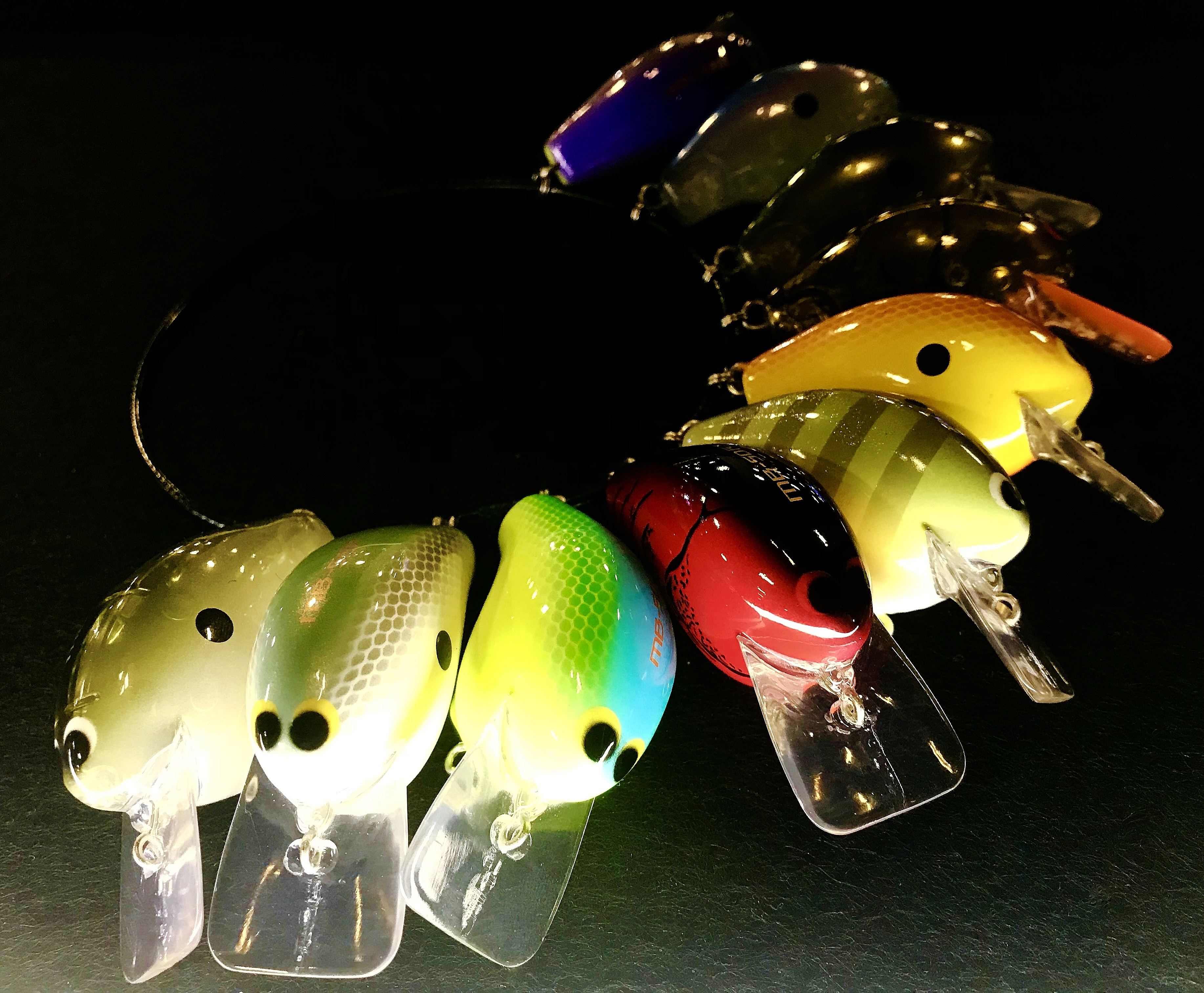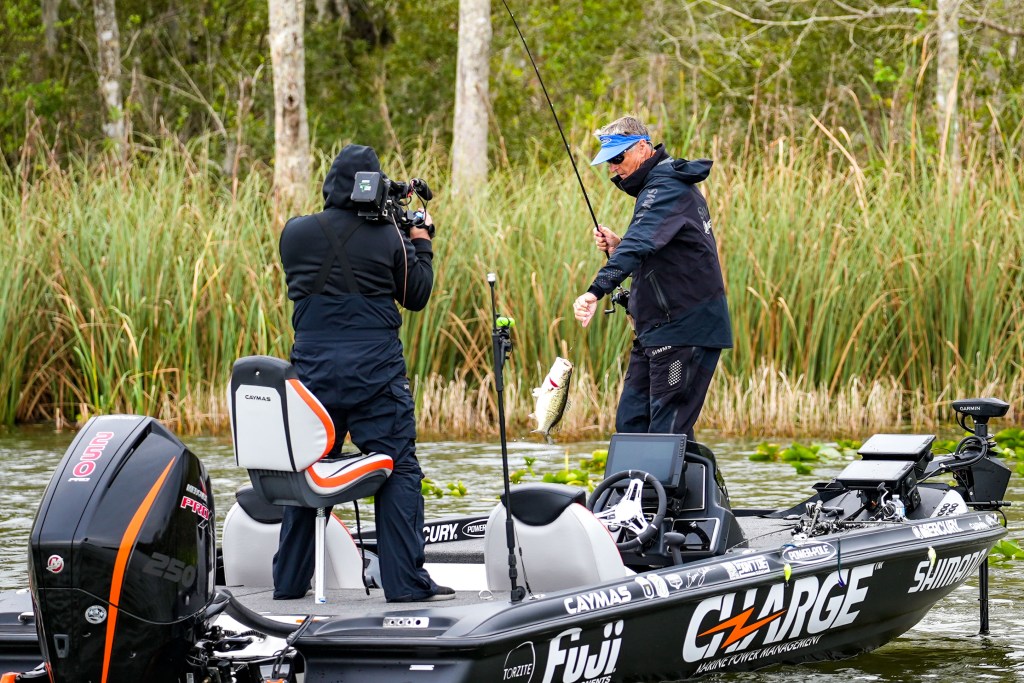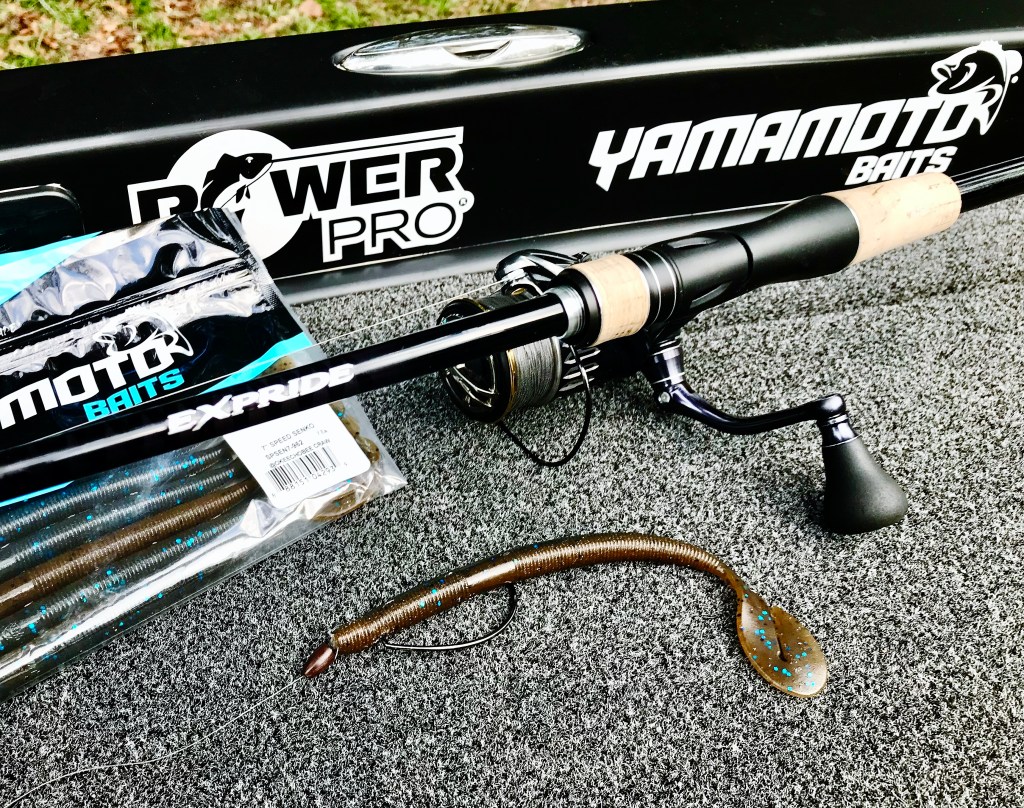
In the last installment, I discussed the importance of considering lure profile when trying to match the various types of forage bass feed on — how shape or profile are sometimes more important than action, color or sound. How it can trigger even the most challenging fish, like those keyed on specific sized baitfish.
I also shared some scenarios where it made a difference in big tournaments. And, because of such a strong response, I decided to dig a little deeper into the topic.
As the season progresses, it’s likely you will encounter situations where the bass are keyed in on a specific type and size forage. Whether it’s shad, shiners, herring or some other type of baitfish, there will be times when the bass will feed so selectively, few lures will fool them.
With that in mind, here are a couple of other scenarios where lure profile made a huge difference in the outcome of a tournament.
Clunn to the rescue
Last season, during the Harris Chain Elite event, I got off to a great start on Day 1 of the competition by bed fishing on Lake Griffin. The bite was super slow, and it wasn’t until midafternoon that the bigger fish finally decided to show up. Fortunately, I was in the last flight that day and I was able to capitalize on that late feed … bagging a limit weighing nearly 20 pounds.
The next day, however, the flights flip flopped and I was looking at an early check-in time. I knew there would be no way to stay long enough to take advantage of a late bite. The time required to navigate from Lake Harris — our official takeoff site — to Lake Griffin is about an hour. There are two, long idle zones and a lock to negotiate. Knowing the time constraints, I decided to fish a backup area in Harris — a place called Banana Cove.
If you watched the event on FOX Sports or Bassmaster.com, then you saw how congested that area became. There were tons of bass there, but the pressure of so many anglers made it somewhat challenging to catch them.
The better producing baits were, speed worms, bladed jigs and crankbaits — both lipless and squarebills. I elected to throw a squarebill made by Shimano, called the Macbeth. And though I was catching fish with it, I wasn’t catching the size I needed to stay in the race. Then I ran into Rick Clunn.
Rick asked how I was doing and I told him I was struggling with small fish, and that even those were getting harder to catch. He saw what I was throwing and suggested I try the same profile lure in a larger size. So I took his advice and dug out a Macbeth 75 in blue back-chartreuse.

What happened next was nothing short of amazing.
In a matter of minutes, I was culling. And by day’s end, I had put together a 17-pound stringer that included a 6-pound kicker. All because of switching to a larger profile lure.
Another example
Many years ago, former Elite Series pro Shaw Grigsby and I competed in an East-West Championship — a team series of six events, in which the top qualifiers from each side of the country squared off in Pascagoula, Miss.
Having never been there before, and with only one day to scout the river, we fished what looked the most obvious to us — the I-10 Bridge where it bisects the delta and the small tidal ditches weaving beneath it.
Drawing on our experiences fishing tidal rivers in Florida, we started with the lures and techniques we were most confident in — one of which was a paddletail worm rigged Texas style with a 1/8-ounce weight. This was back when speed worming was in its infancy, and the reason we tried it in Pascagoula was due to its effectiveness at replicating the swimming action of needlefish — a primary forage for tidal bass throughout the Gulf Coast.
When a needlefish swims, it propels itself with a fluttering movement of its tail. There are no exaggerated body movements. Only the tail. And a paddle-tail worm can imitate that movement extremely well. What’s better is that the worm’s slender profile matches that of an adult needlefish to a T.

While the paddletail worm didn’t produce all of our catch, it was a major player in getting us the win. It wasn’t so much about color or sound, it was all in the lure’s profile and action that fooled the bass on the Pascagoula Bayou.
A lot of years have passed since that victory, and there’s no telling how many bass Shaw and I have caught using the same technique with similar-style worms. In fact, the new Yamamoto Speed Senko proved to be a major producer for me in the first two Elite events of this season, on lakes Okeechobee and Seminole.
Profile summary
So don’t discount the importance of lure size and profile. There will be times when it will absolutely trump color, action or sound. Pay special attention to the size and type of forage the bass are targeting, and use those indicators to help you refine your lure selection. Do that and I guarantee you will not only catch more bass, you will oftentimes catch the bigger ones.
Follow Bernie Schultz on Instagram, Facebook and through his website.

